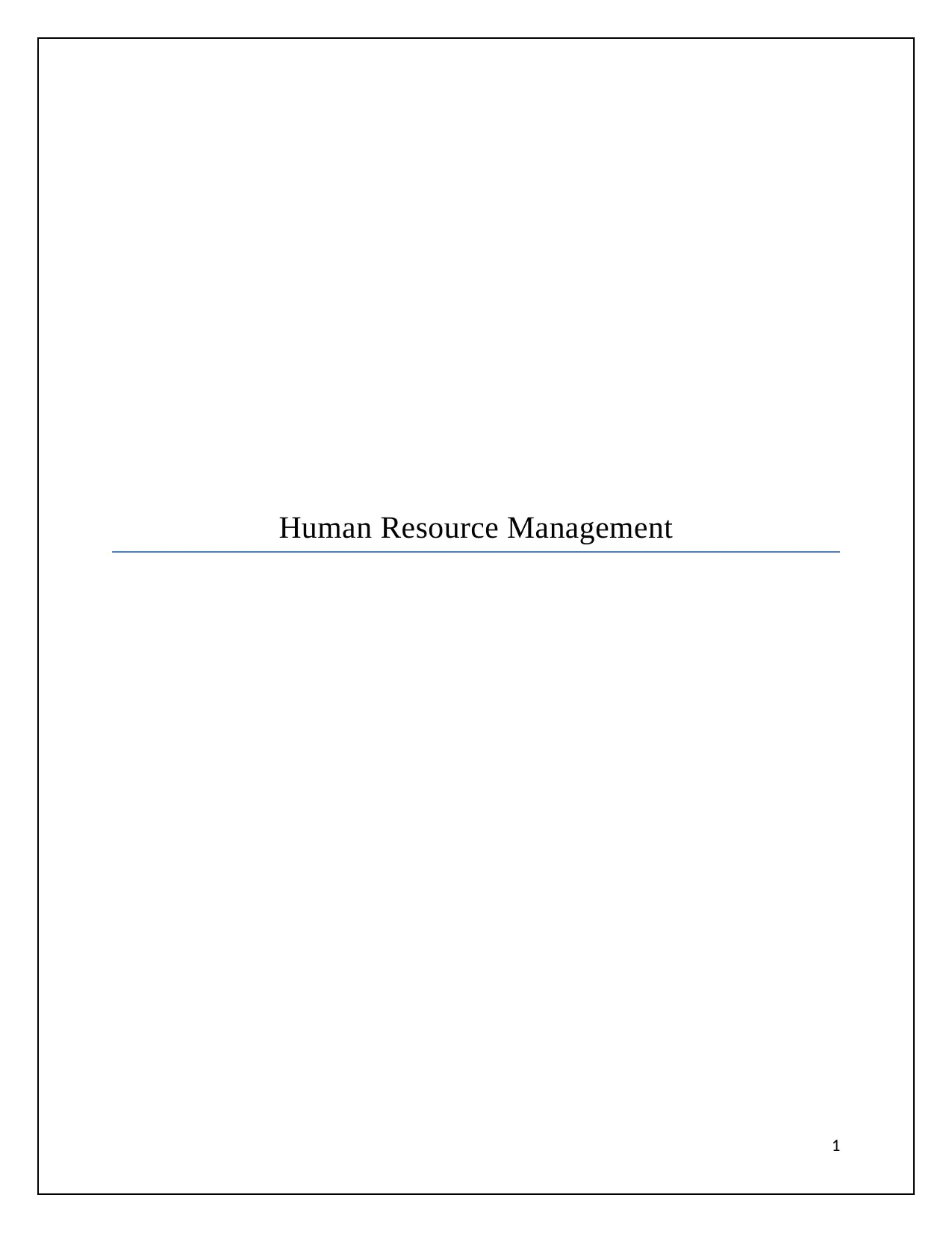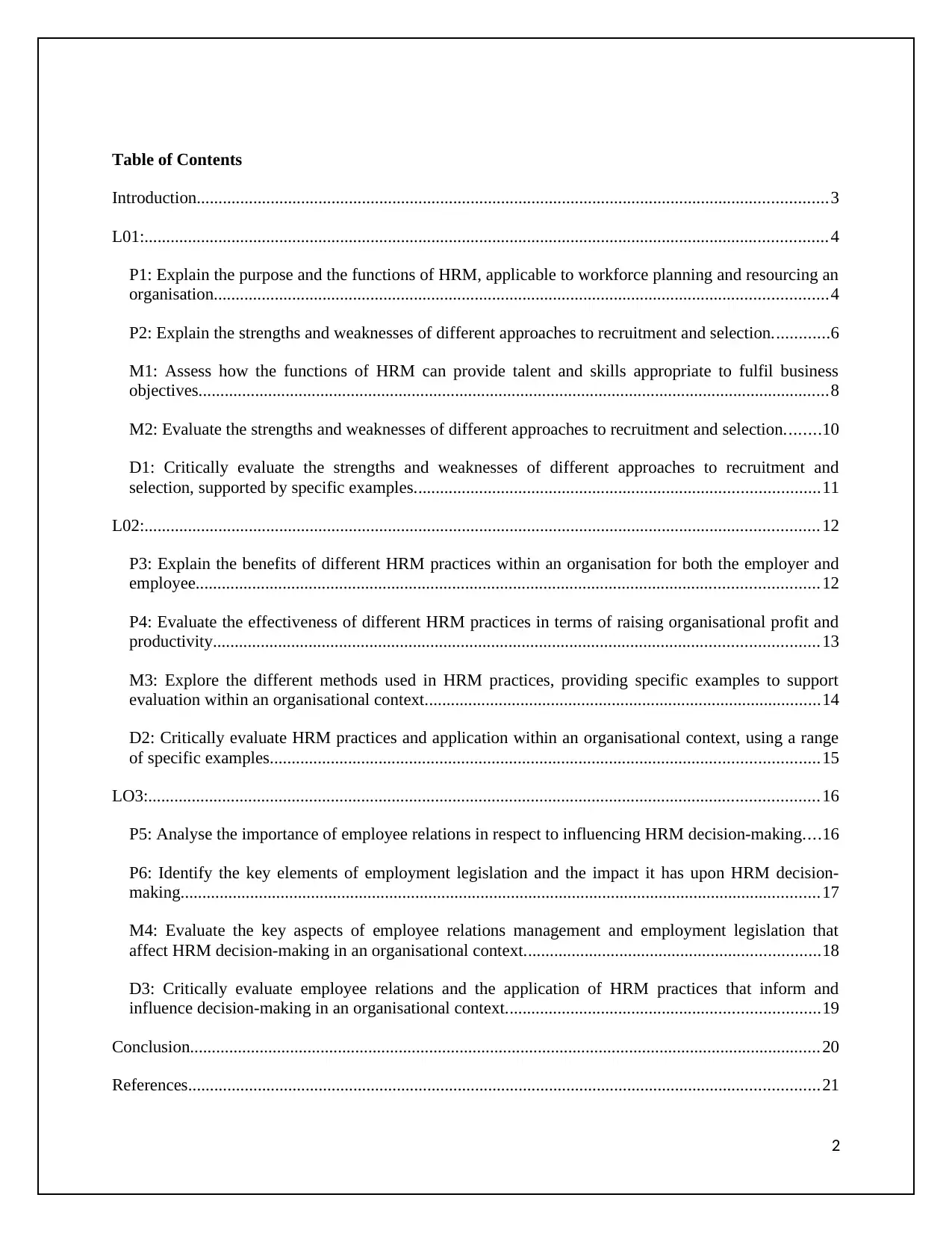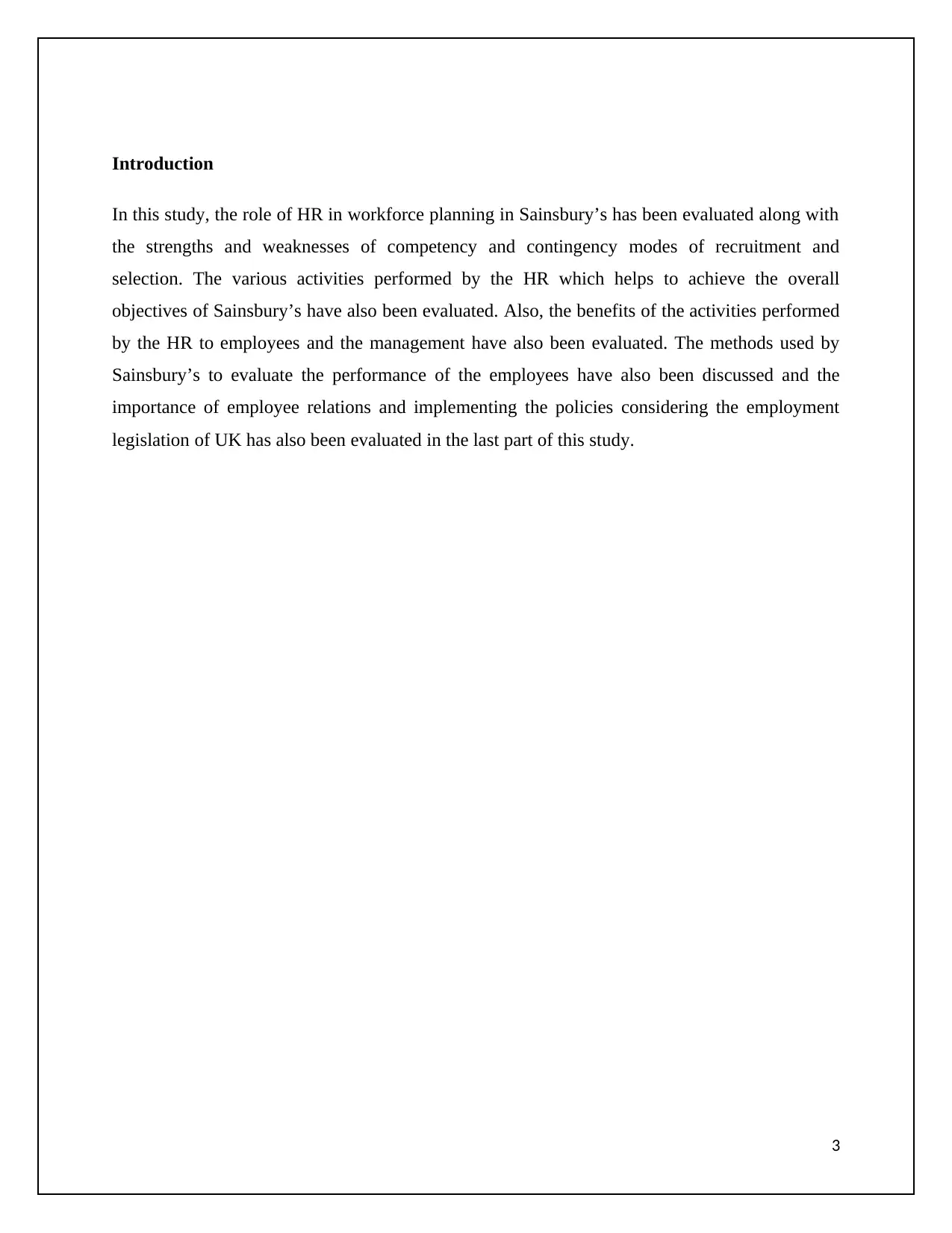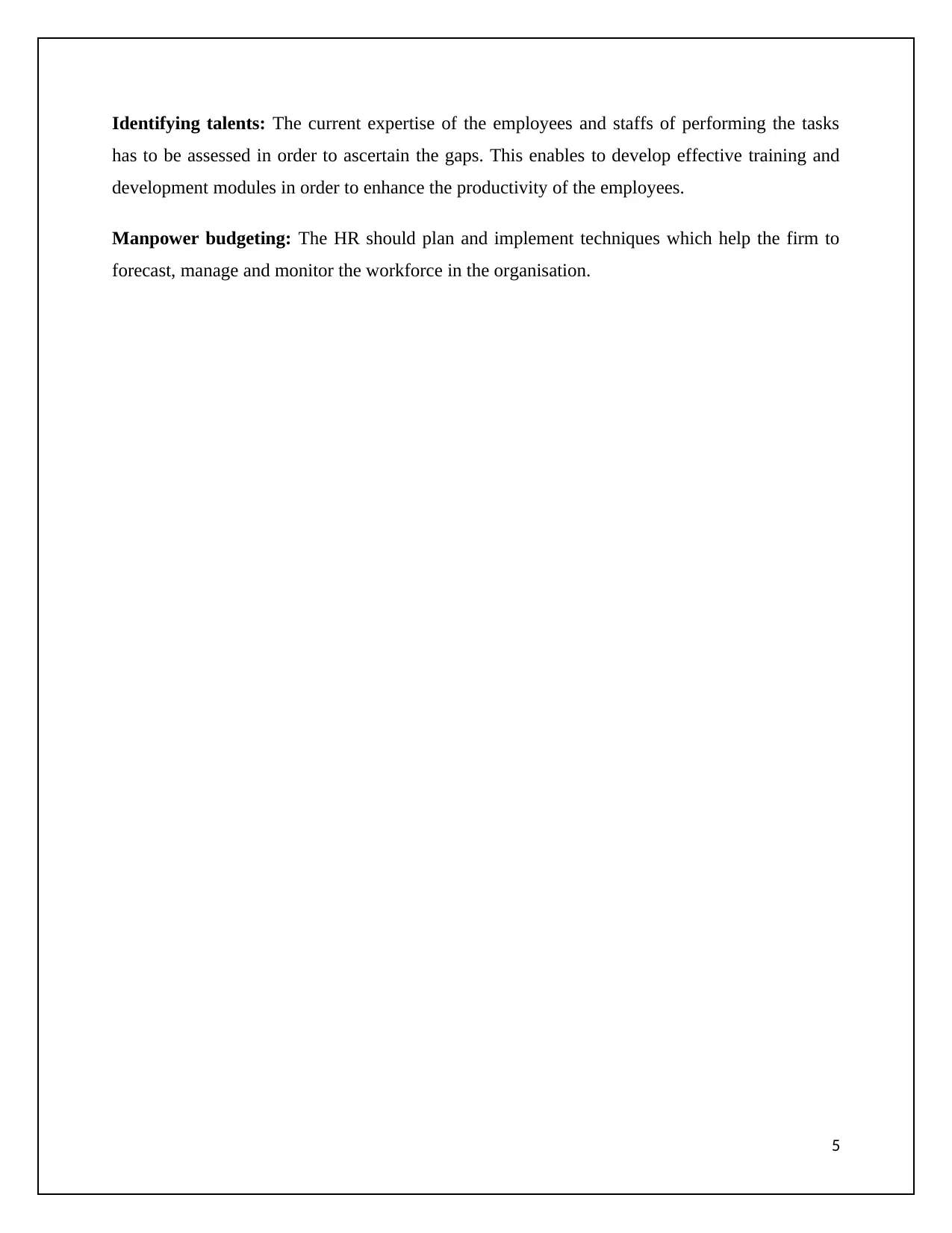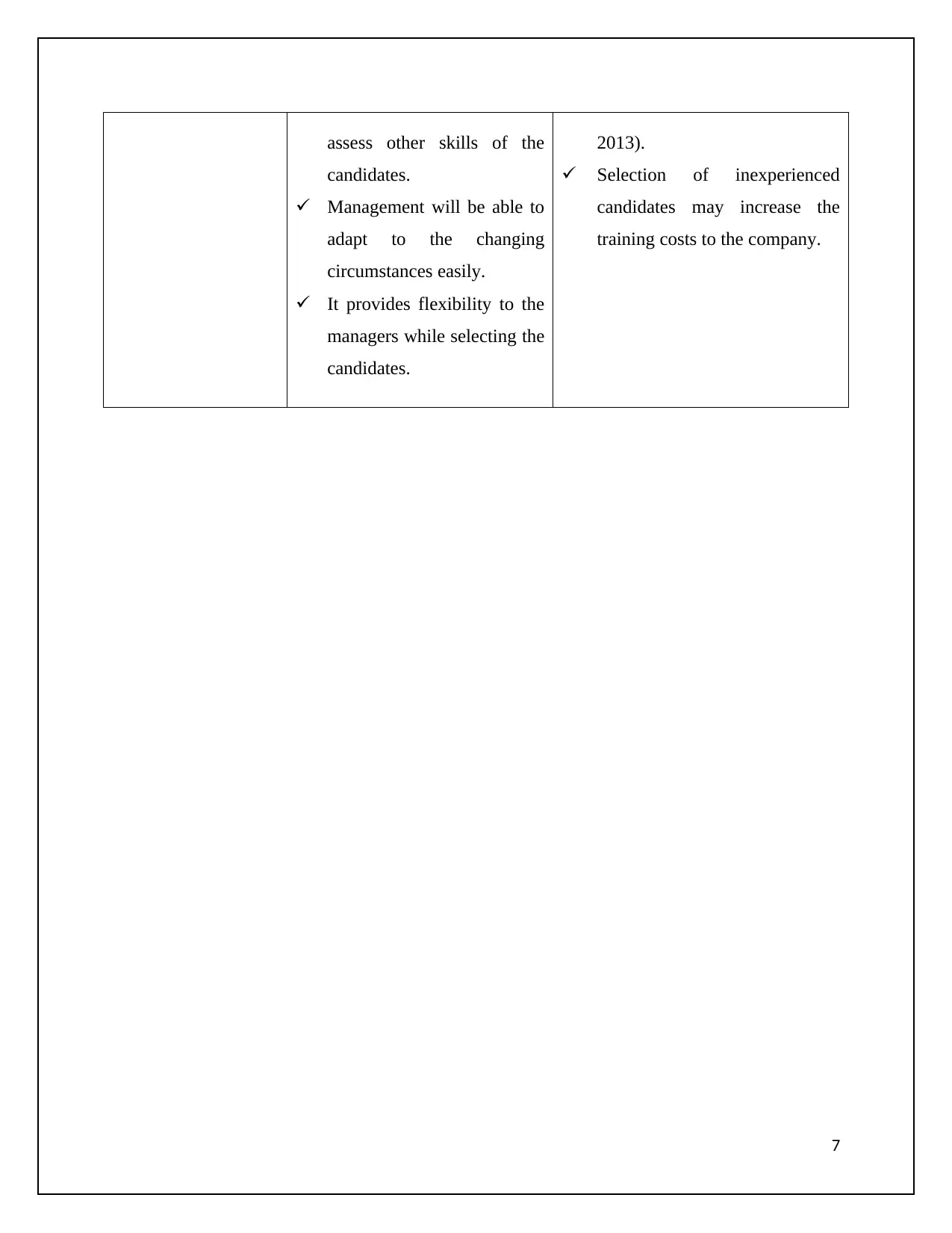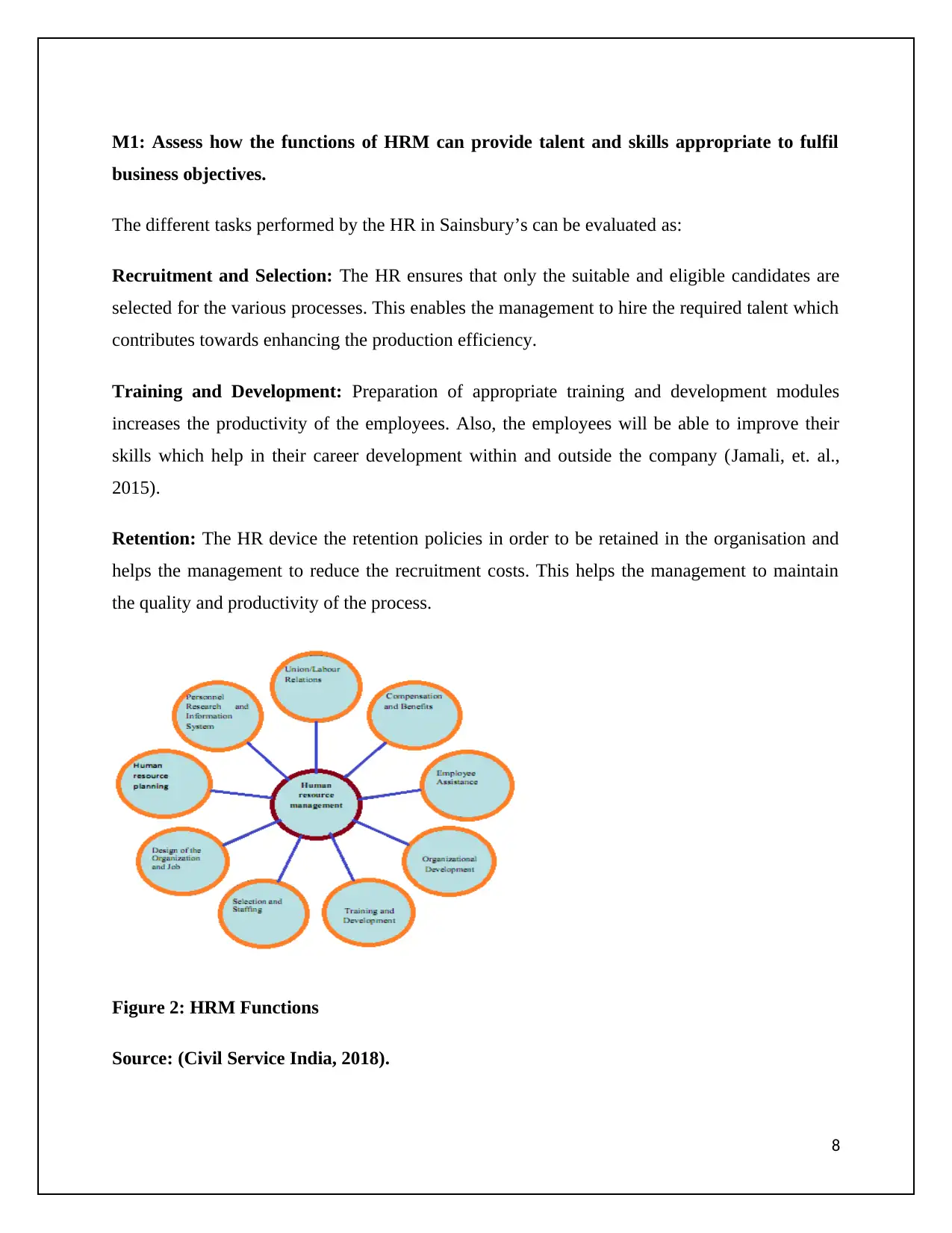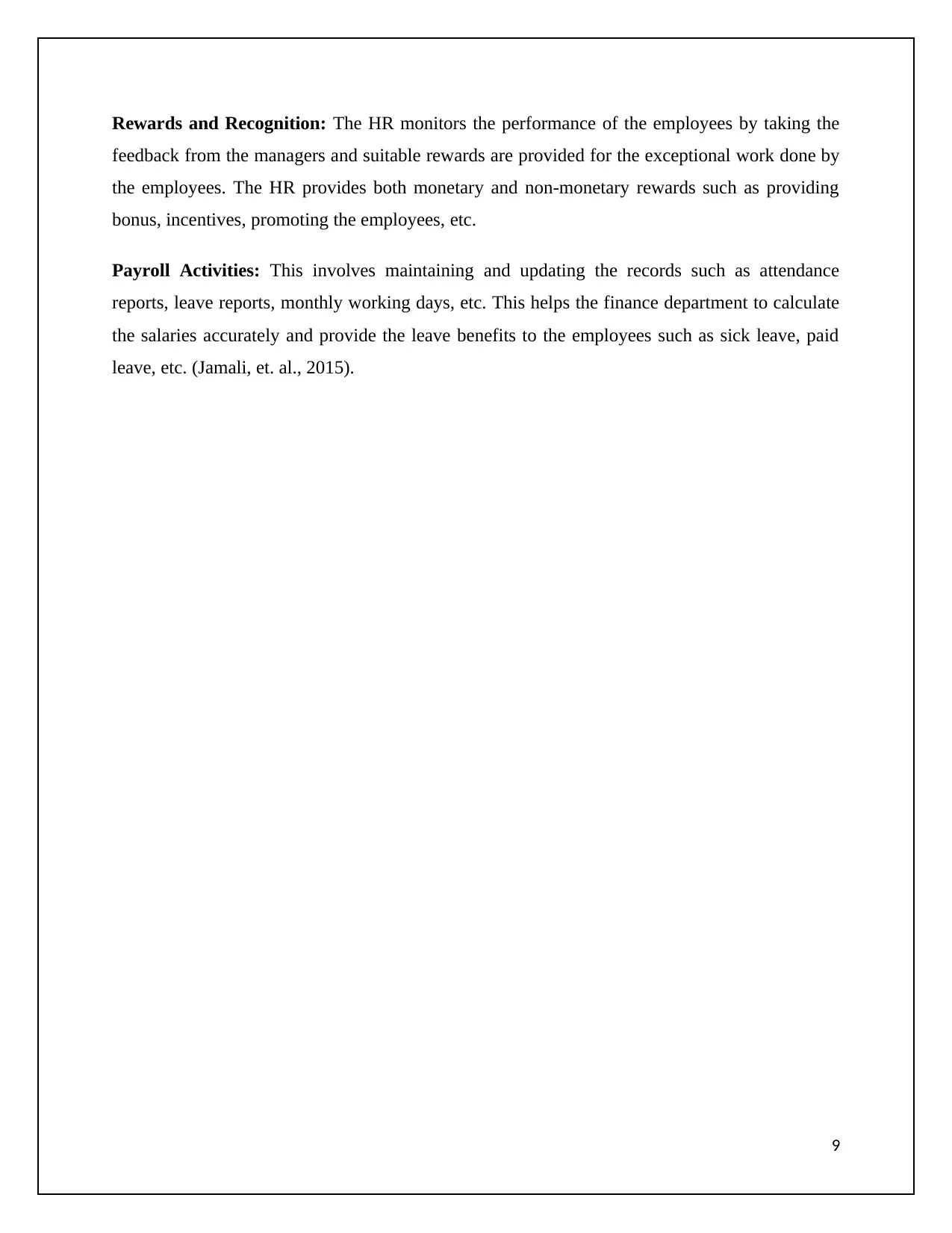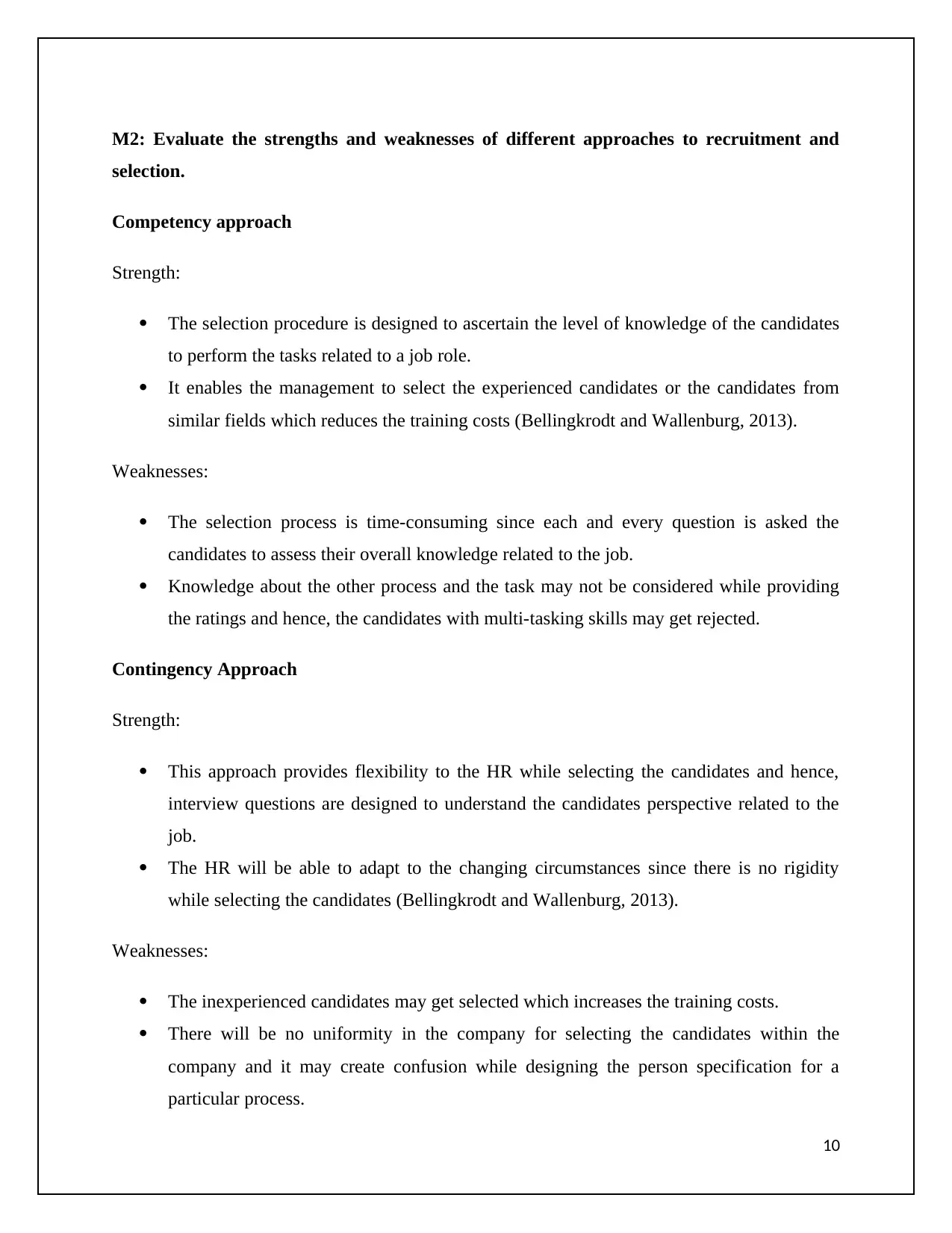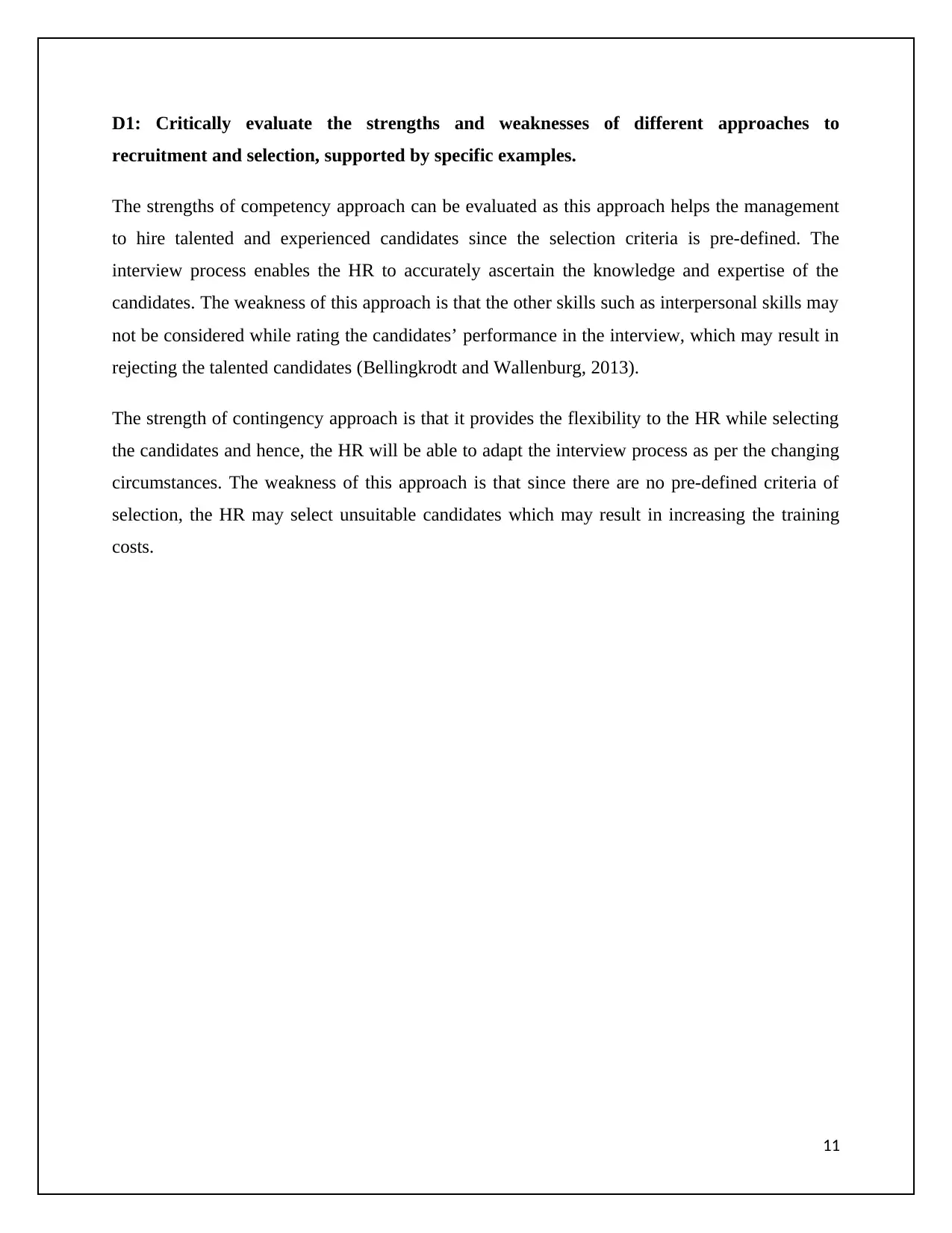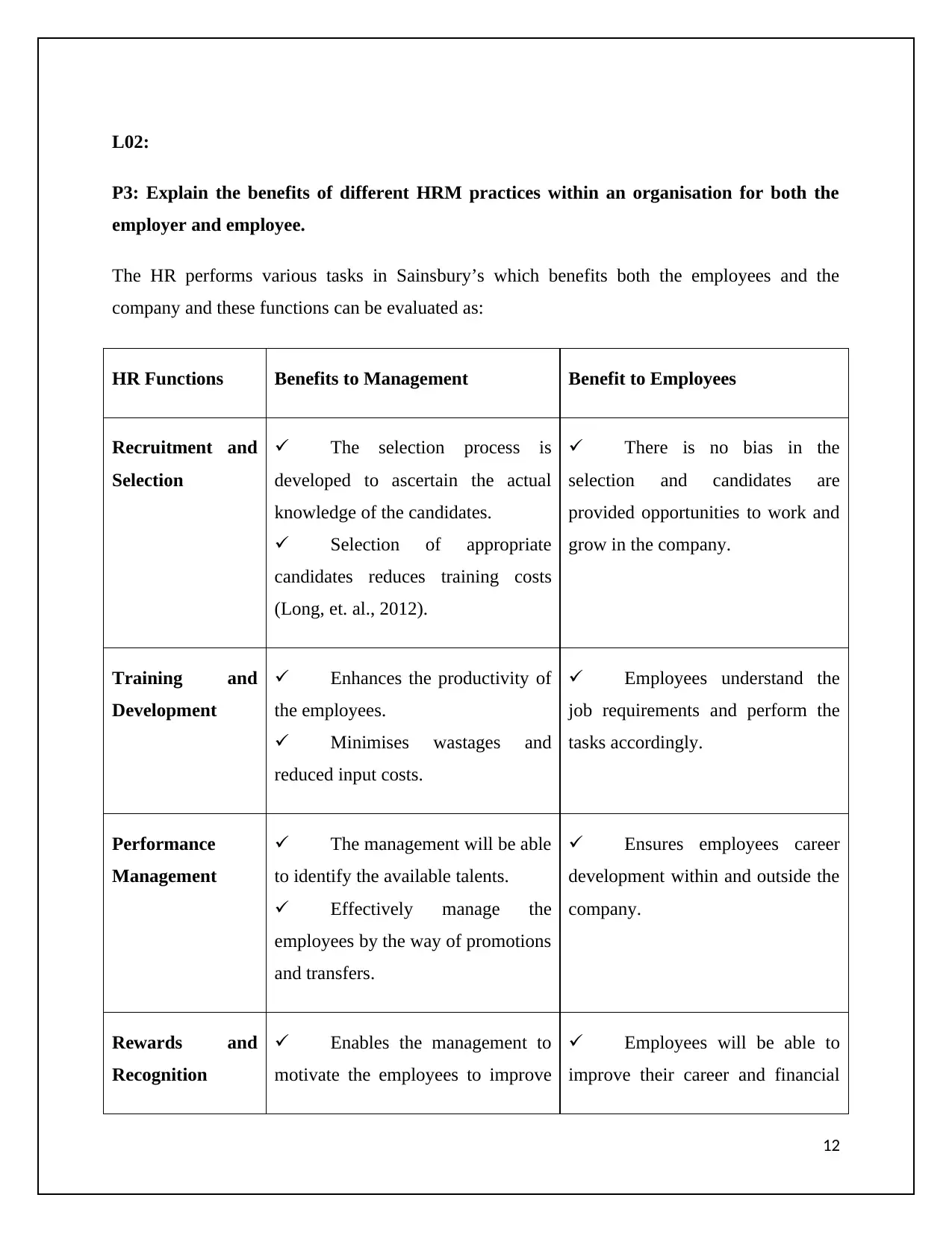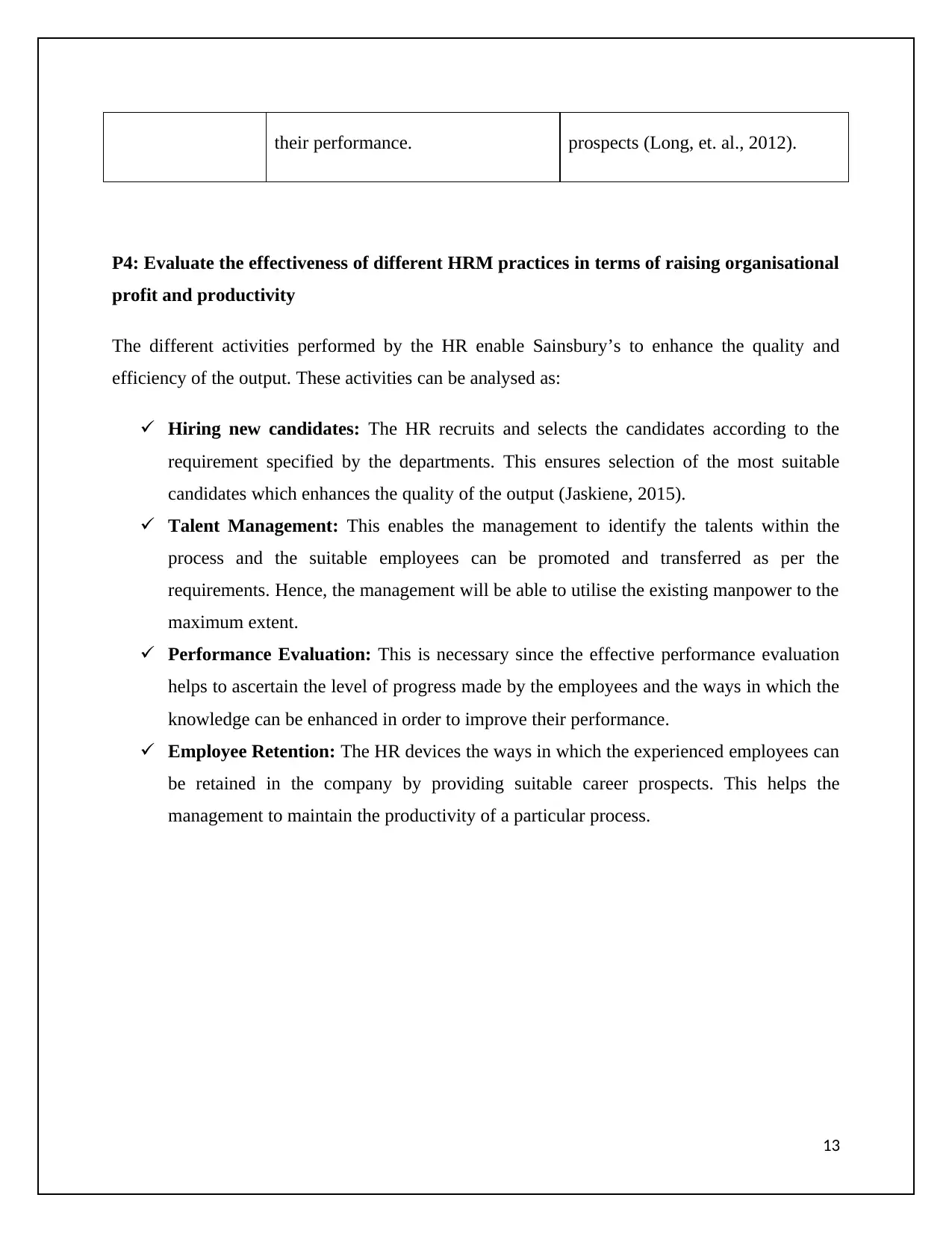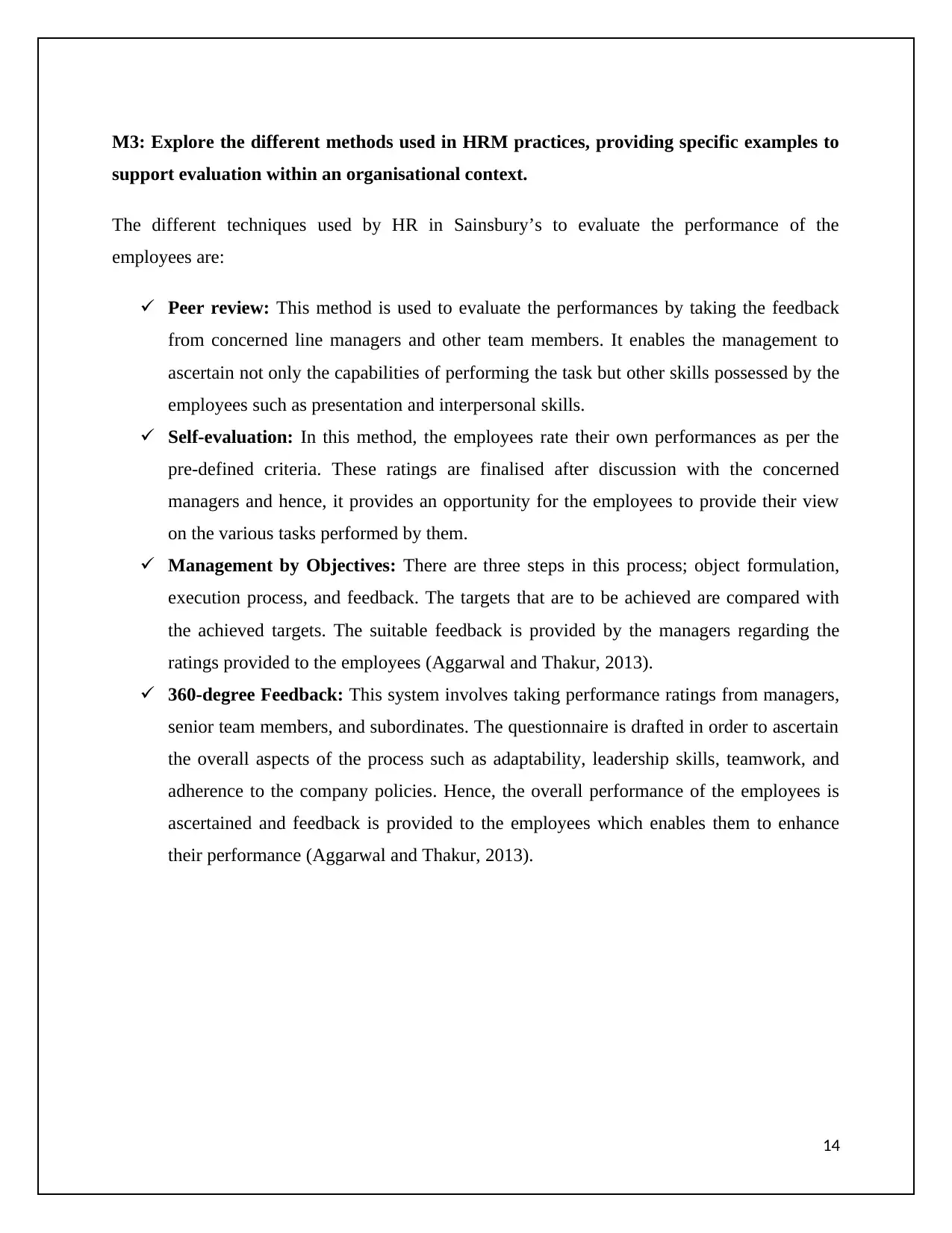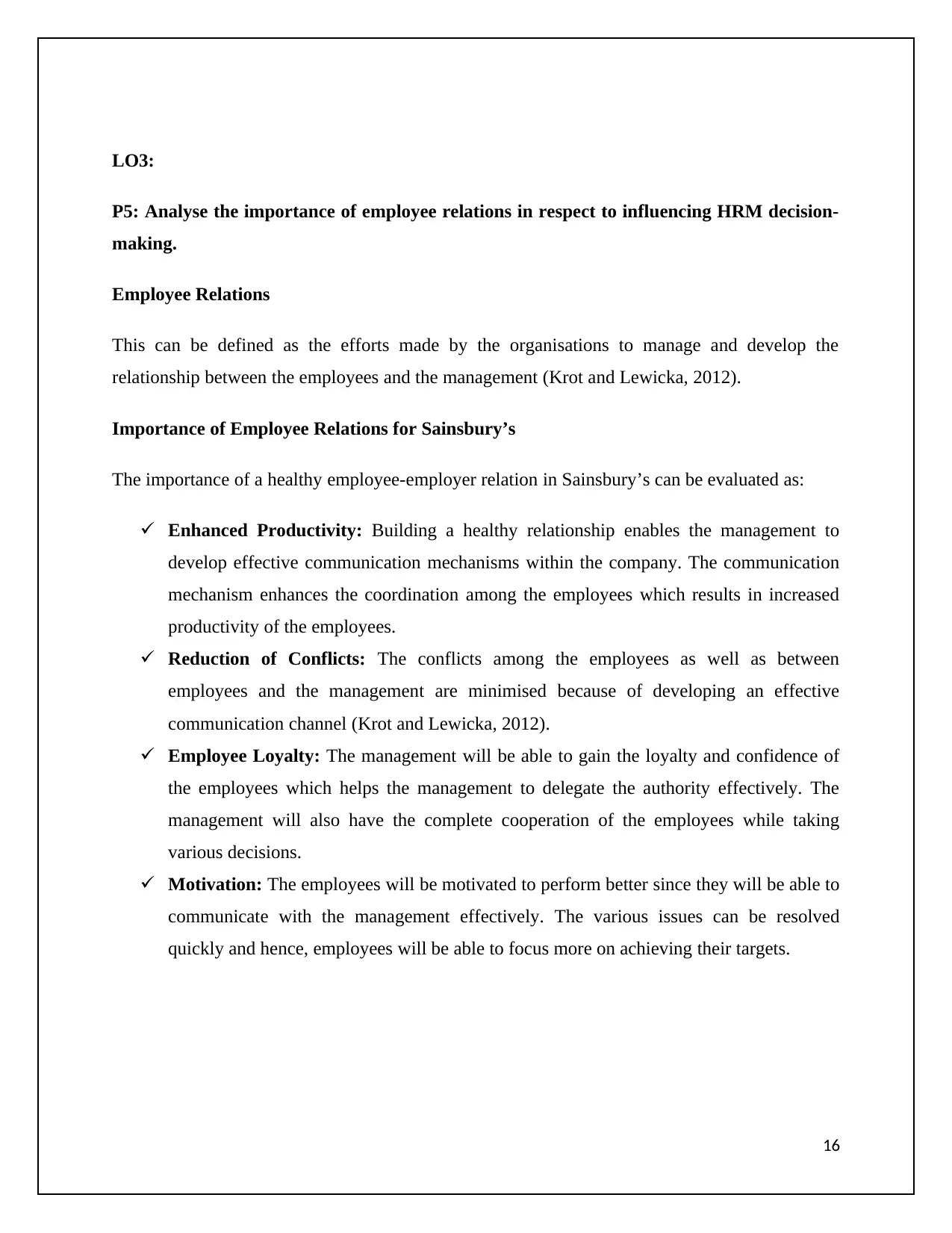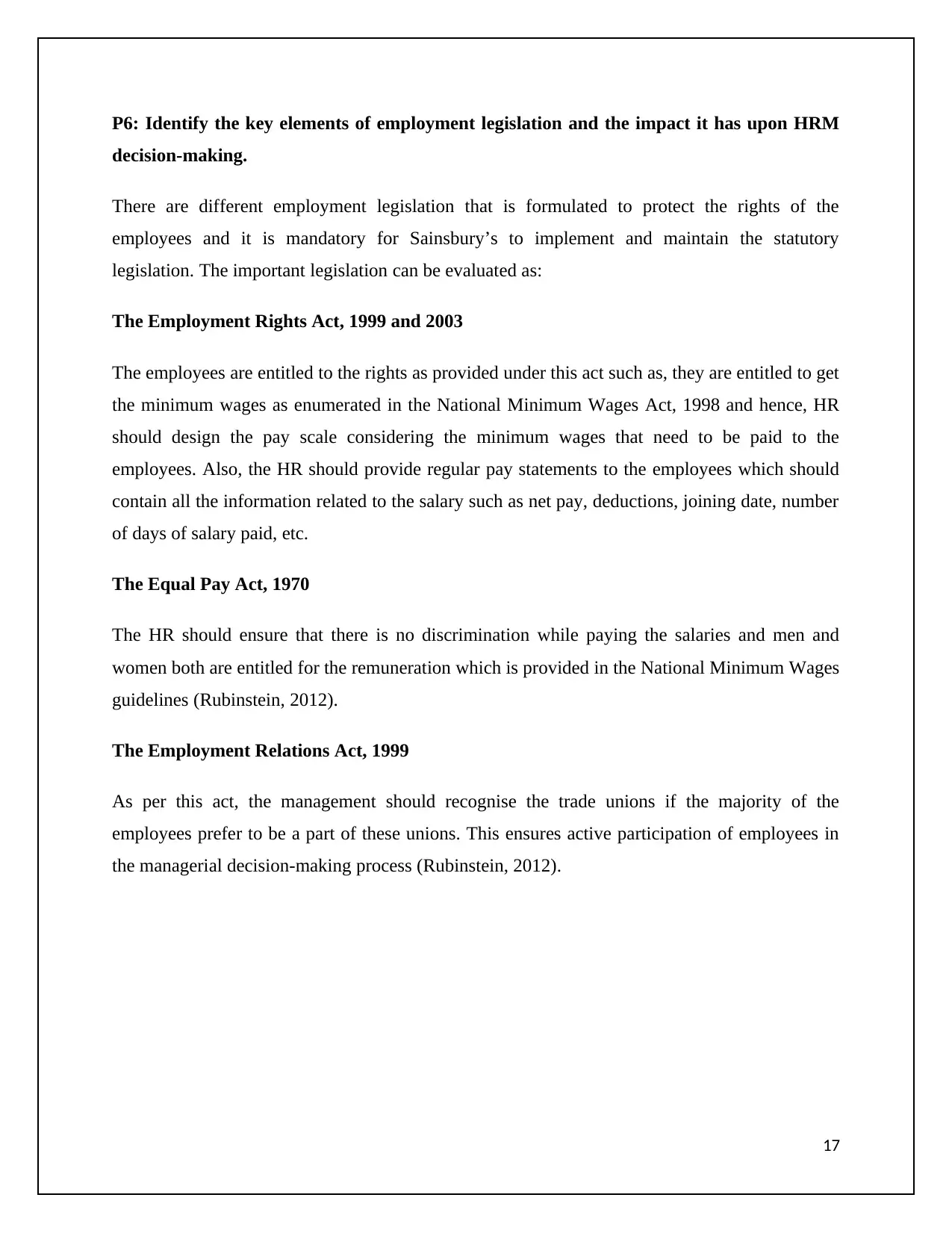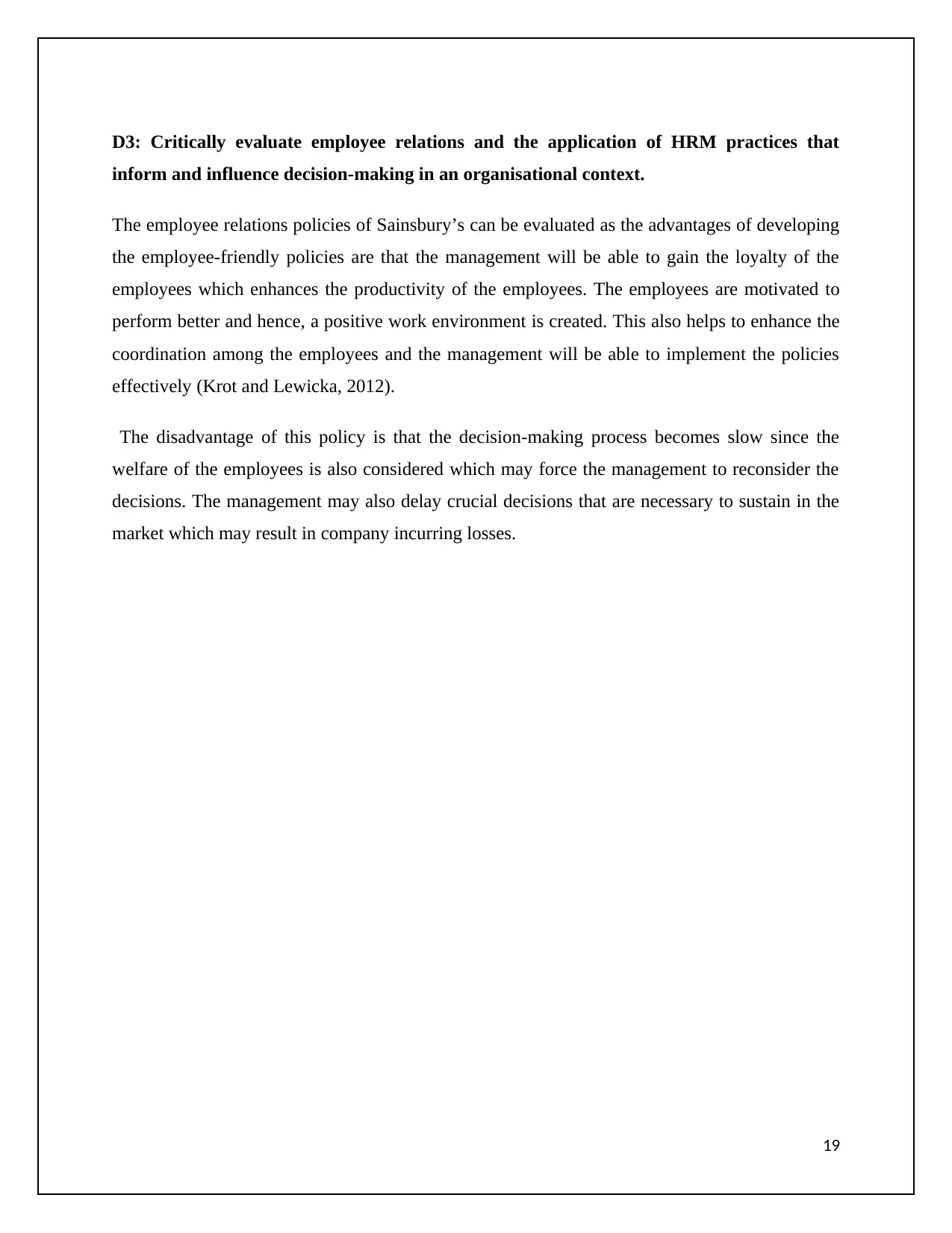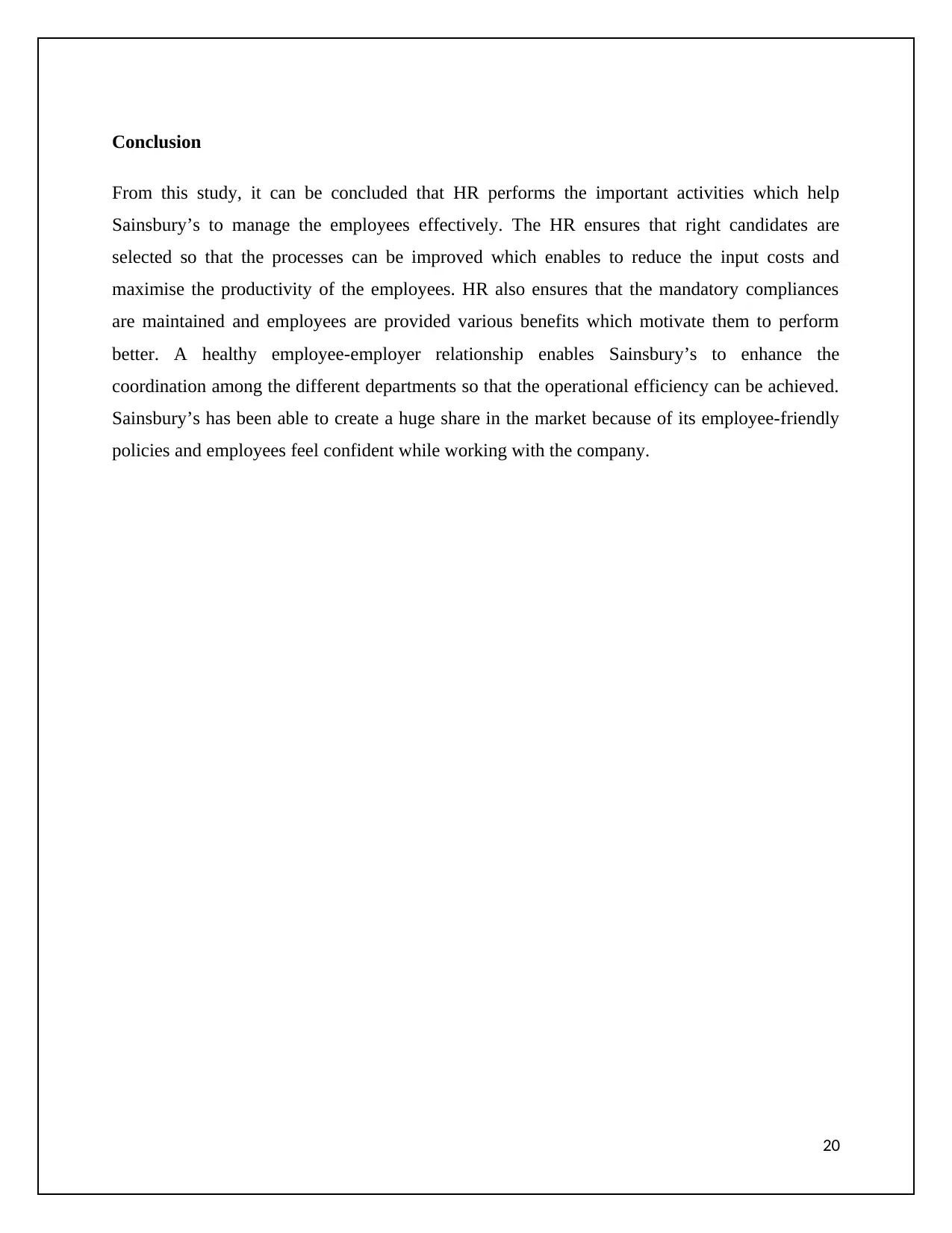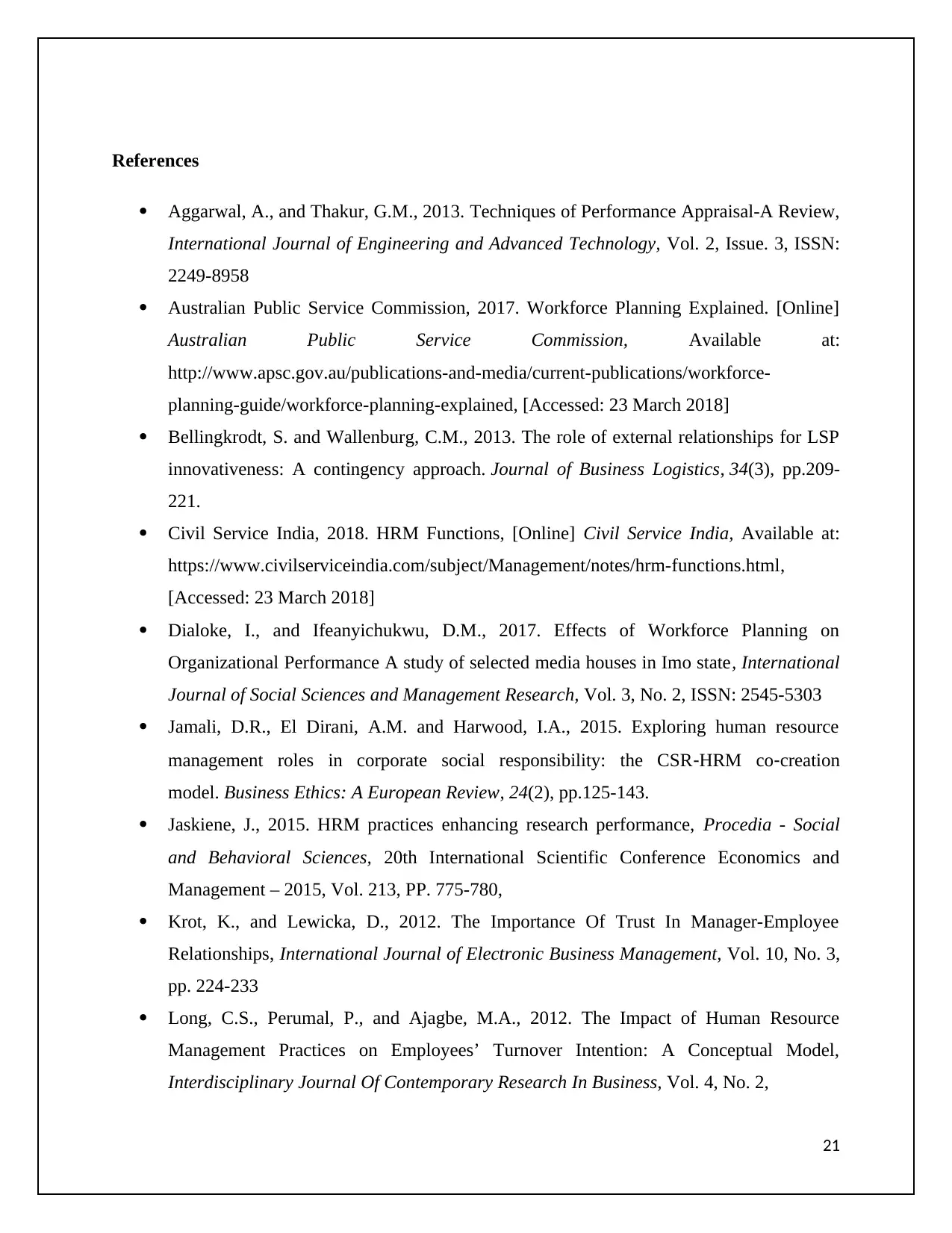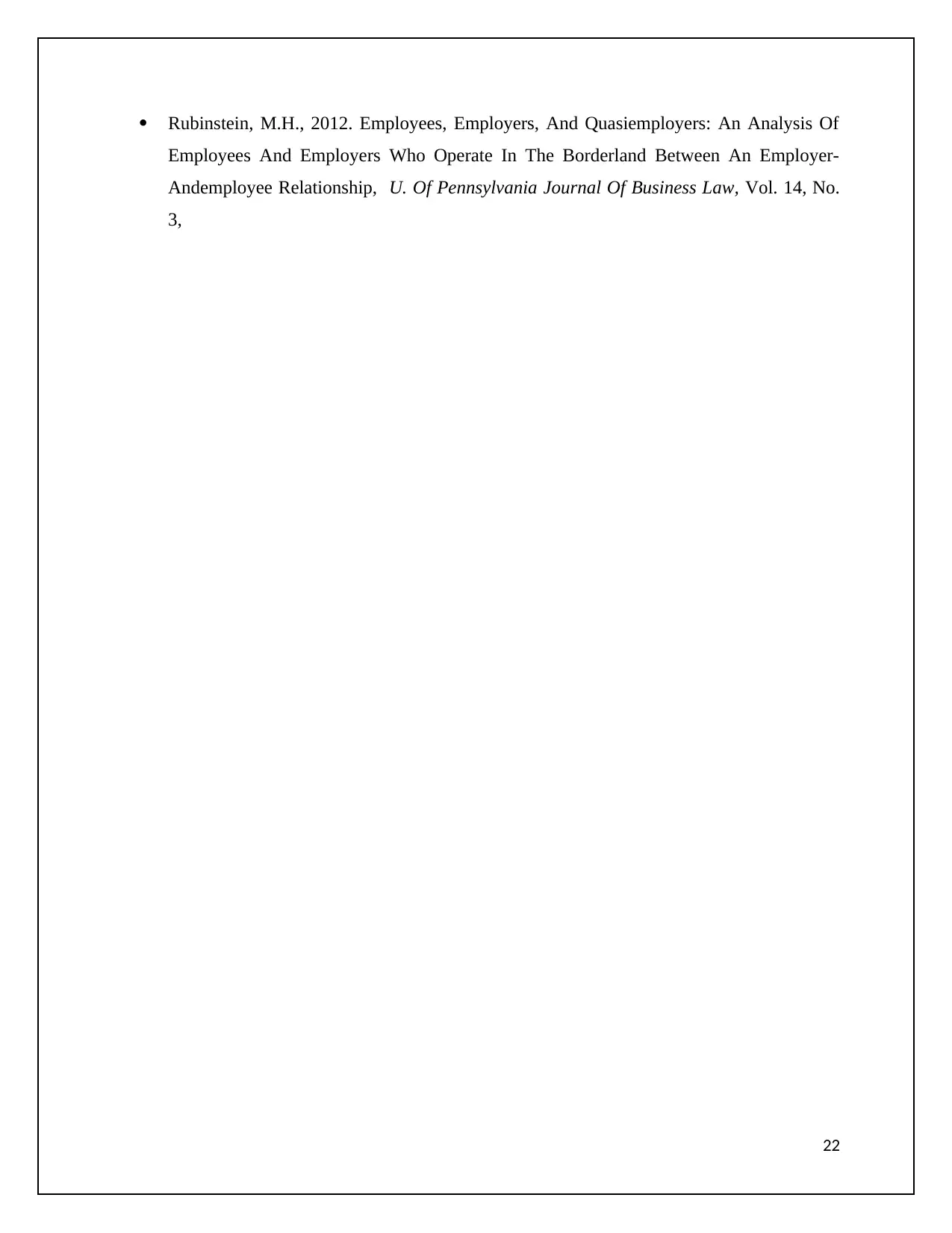This study delves into the crucial role of Human Resource Management (HRM) in Sainsbury's, a leading supermarket chain. It examines the purpose and functions of HRM, focusing on workforce planning and resourcing. The strengths and weaknesses of different recruitment and selection approaches, including competency and contingency models, are critically evaluated. The study explores the benefits of various HRM practices for both employers and employees, assessing their effectiveness in raising organizational profit and productivity. It also analyzes the importance of employee relations in influencing HRM decision-making and identifies key elements of employment legislation and their impact on HRM practices. Through specific examples and a comprehensive analysis, this study provides valuable insights into the application of HRM principles within a real-world organizational context.
![[object Object]](/_next/static/media/star-bottom.7253800d.svg)
![[object Object]](/_next/static/media/star-bottom.7253800d.svg)
